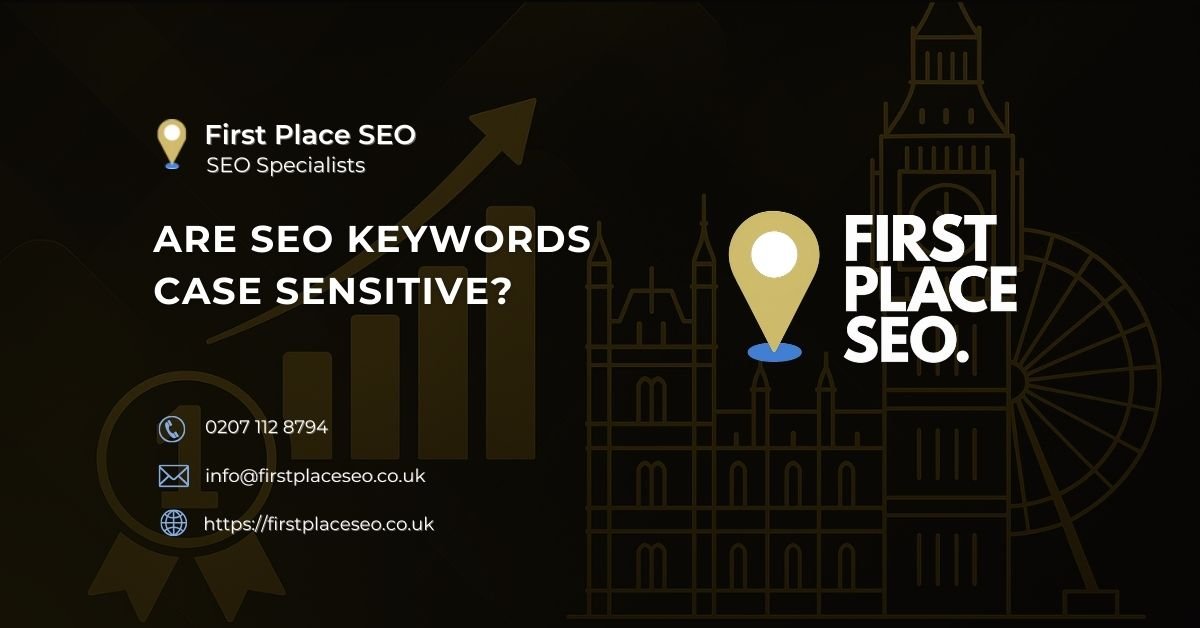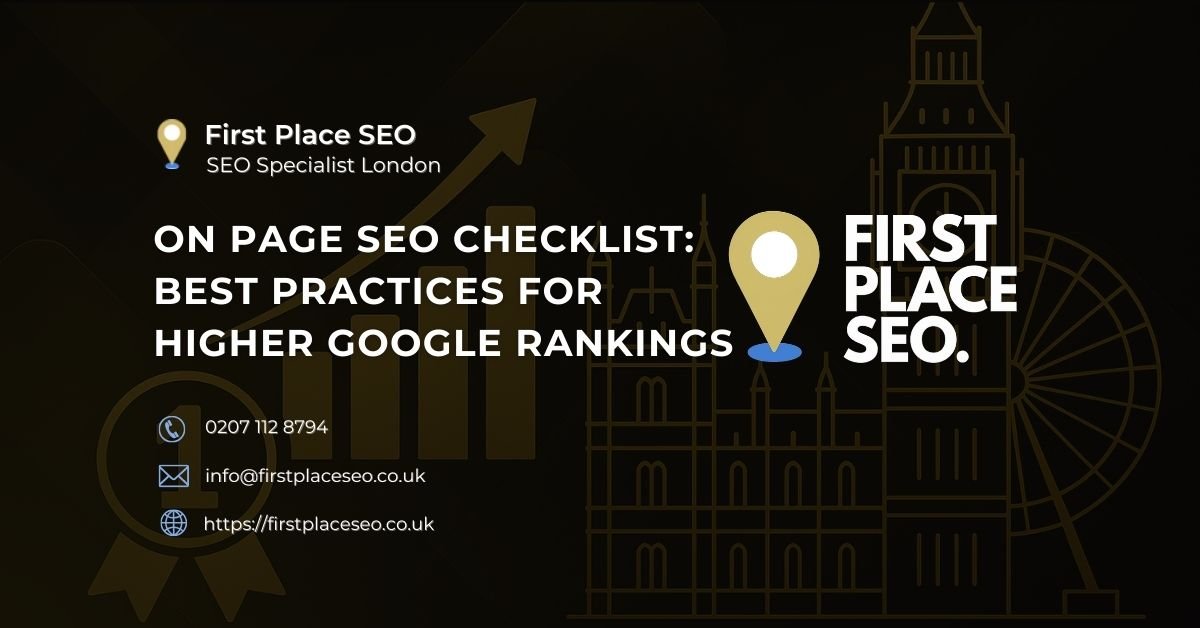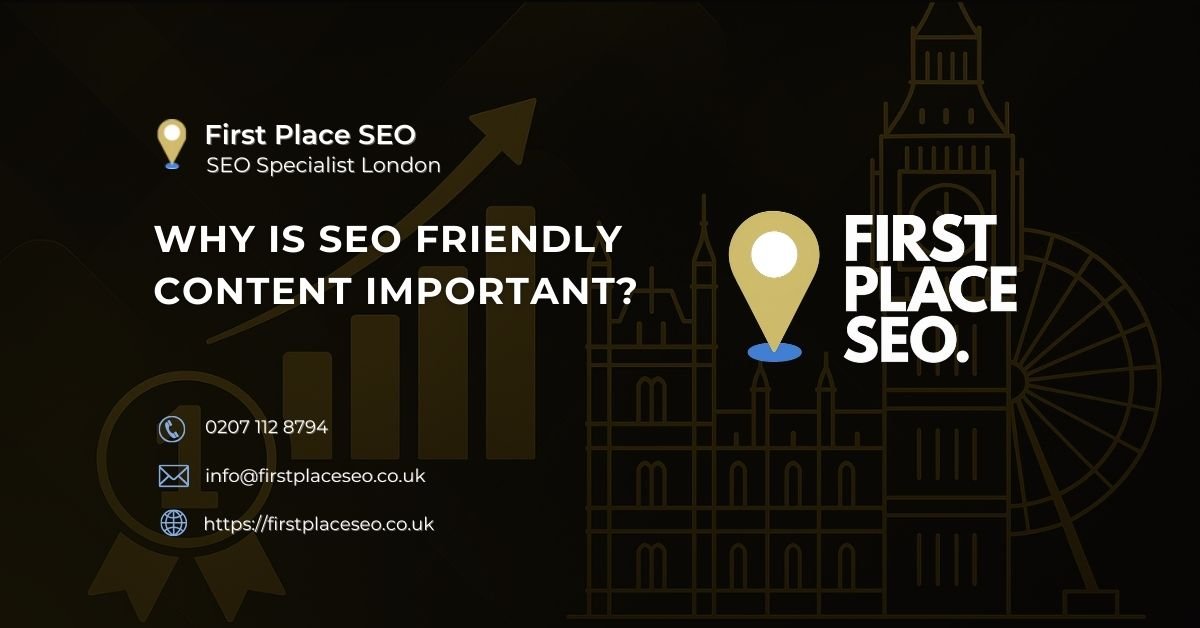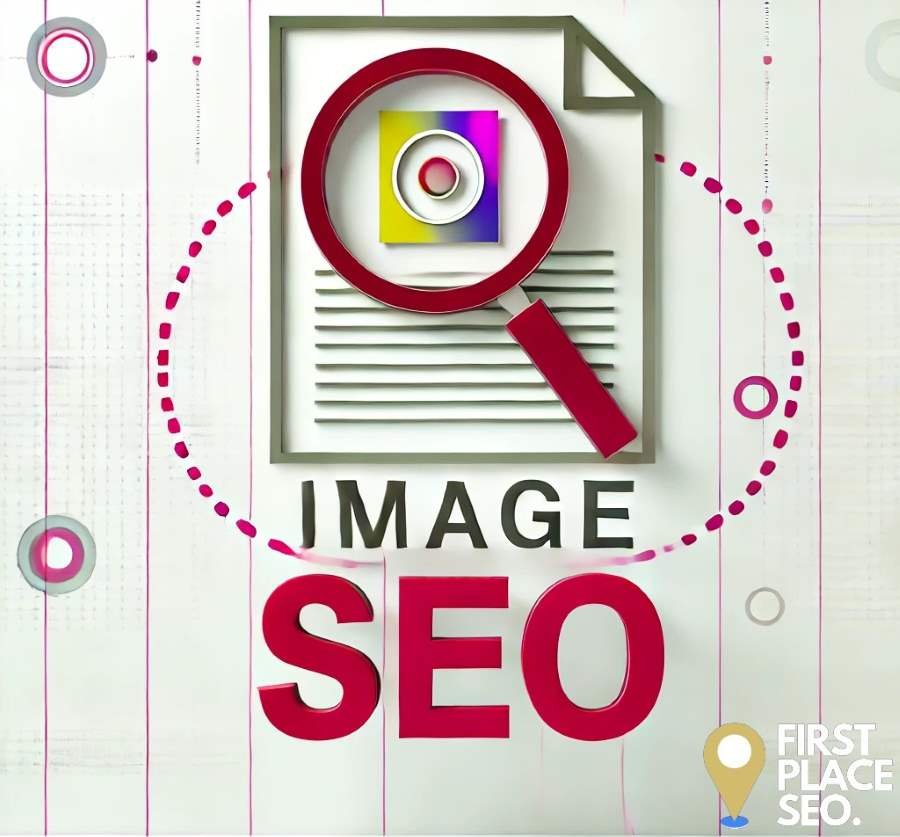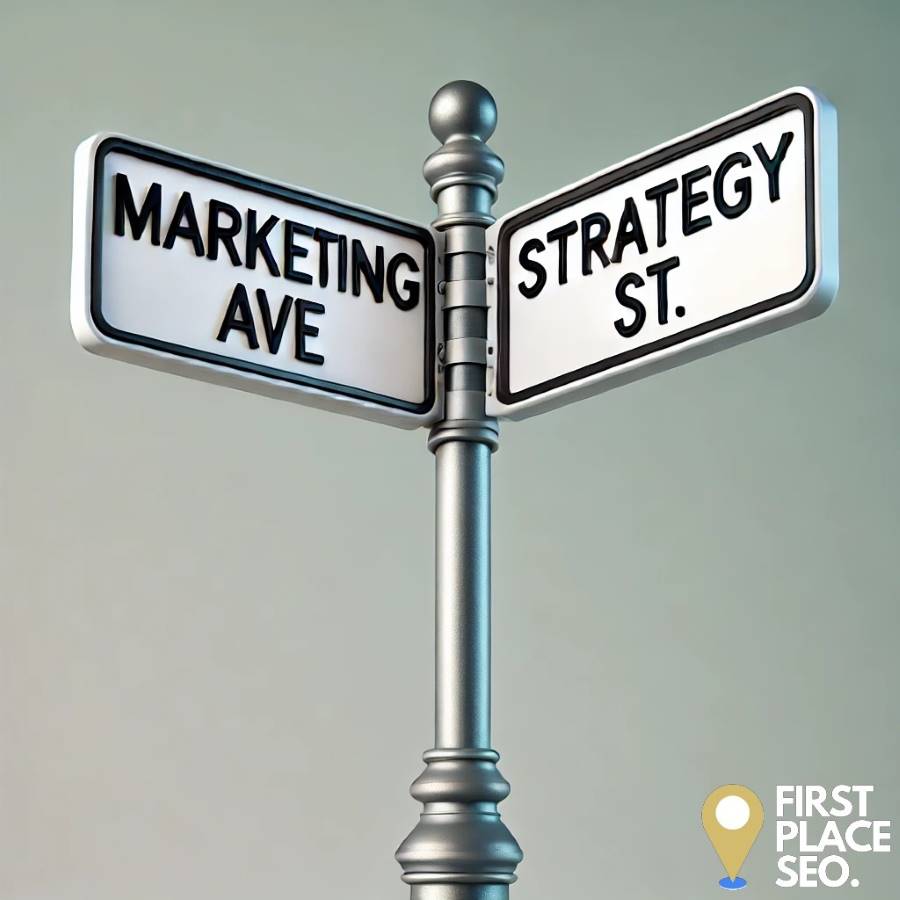How I Create Content: An Easy Guide
Creating content that captivates your audience and ranks high on search engines is both an art and a science. Whether you’re a seasoned marketer or a novice blogger, understanding the nuances of content creation can significantly enhance your online presence. Let me walk you through the essential steps and strategies for creating content that not only attracts but also retains your target audience.
Understanding Content Creation
Content creation is the process of generating topic ideas that appeal to your audience, creating written or visual content around those ideas, and making that information accessible to your audience as a blog, video, infographic, or other formats. The goal is to provide valuable, relevant, and consistent content to attract and retain a clearly defined audience.
The Importance of a Content Strategy
A well-defined content strategy is crucial for successful content marketing. This involves planning your content development process, from generating ideas to publishing and promoting your content. A robust content strategy ensures that every piece of content you create aligns with your business goals and addresses the needs of your audience.
Steps to Effective Content Creation
1. Conduct Thorough Research Before I start creating content, it’s essential to conduct comprehensive research. This involves understanding your target audience, identifying their pain points, and determining the type of content that resonates with them. Tools like Google Analytics, social media insights, and audience research are invaluable in gathering this data.
2. Plan Your Content Effective content planning is the backbone of a successful content creation process. Developing a content calendar to schedule your content production ensures a consistent posting schedule. A well-structured editorial calendar helps you stay organised and allows you to plan content around key dates and events.
3. Generate Content Ideas Brainstorming and generating content ideas is a critical step in the content development process. Using keyword research tools to identify topics that your audience is searching for can be very effective. Look for trending topics, industry news, and frequently asked questions to inspire your content generation efforts.
4. Create High-Quality Content Creating high-quality content is essential for engaging your audience and improving your search engine rankings. Focus on content optimisation by incorporating relevant keywords naturally within your content. Ensuring that your content is well-researched, informative, and provides real value to your readers is key.
5. Optimise for SEO SEO content is optimised to rank well in search engine results. This involves using appropriate keywords, writing compelling meta descriptions, and ensuring your content is mobile-friendly. Keyword research and understanding search intent are crucial for effective SEO content writing.
6. Utilise Visual Content Visual content, such as images, videos, and infographics, can significantly enhance your content’s appeal. Using visual content that complements your written content can help convey your message more effectively and increase user engagement.
7. Promote Your Content Content promotion is as important as content creation. Sharing your content on social media platforms, email newsletters, and other relevant channels is vital to reaching a broader audience. Collaborating with influencers and industry leaders can also amplify your content’s reach.
8. Measure and Analyse Regularly measuring and analysing the performance of your content is crucial. Tools like Google Analytics can track metrics such as page views, bounce rates, and conversion rates. Analysing these metrics helps you understand what works and what doesn’t, allowing you to refine your content strategy accordingly.
Types of Content
Blog Posts Blog posts are one of the most common types of digital content. They are ideal for sharing detailed information, insights, and opinions. Effective blog content creation involves creating posts that are informative, engaging, and optimised for SEO.
Videos Video content is highly engaging and can effectively convey complex information in an easily digestible format. Creating video content involves planning your video script, shooting, editing, and optimising for SEO.
Infographics Infographics are visual representations of information or data. They are highly shareable and can effectively communicate complex ideas quickly. Designing infographics requires a combination of graphic design skills and the ability to distill information into easily understandable visuals.
Social Media Content Social media content includes posts, stories, and videos shared on platforms like Facebook, Instagram, Twitter, and LinkedIn. This type of content is essential for building brand awareness and engaging with your audience in real-time.
Ebooks and Whitepapers Ebooks and whitepapers are in-depth pieces of content that provide valuable insights and information on specific topics. They are often used as lead magnets to attract and convert prospects.
Content Optimisation Techniques
Keyword Integration Incorporate relevant keywords naturally throughout your content. This helps search engines understand the context of your content and improves your chances of ranking for those keywords.
Meta Tags and Descriptions Writing compelling meta titles and descriptions that include your target keywords. These elements are crucial for attracting clicks from search engine results pages.
Internal and External Links Using internal links to guide readers to other relevant content on your site and external links to credible sources enhances the user experience and boosts your SEO.
Mobile Optimisation Ensuring your content is mobile-friendly is essential, as a significant portion of web traffic comes from mobile devices. Use responsive design and optimise images and videos for faster loading times.
Content Distribution Channels
Social Media Social media platforms are excellent for promoting your content and reaching a wider audience. Each platform has its unique strengths, so tailor your content to fit the platform’s format and audience.
Email Marketing Email marketing is a powerful tool for nurturing relationships with your audience. Sending newsletters, updates, and promotional content to your subscribers keeps them engaged.
Influencer Collaborations Collaborating with influencers and industry leaders can expand your content’s reach. Influencers help you tap into new audiences and add credibility to your brand.
Guest Blogging Writing guest posts for other blogs can help you reach new audiences and build backlinks to your site. Choose reputable blogs within your niche for the best results.
Content Creation Tools
Content Management System (CMS) A content management system (CMS), like WordPress or Joomla, helps you create, manage, and publish content efficiently. Choose a CMS that offers robust features and flexibility to suit your content needs.
Graphic Design Tools Tools like Canva and Adobe Photoshop are essential for creating visually appealing graphics and infographics. They offer templates and design elements that make the design process easier.
SEO Tools Using SEO tools like SEMrush, Ahrefs, and Moz for conducting keyword research, tracking your rankings, and optimising your content for search engines is invaluable.
By following these steps and leveraging the right tools and strategies, you can create compelling, high-quality content that resonates with your audience and achieves your business goals.




